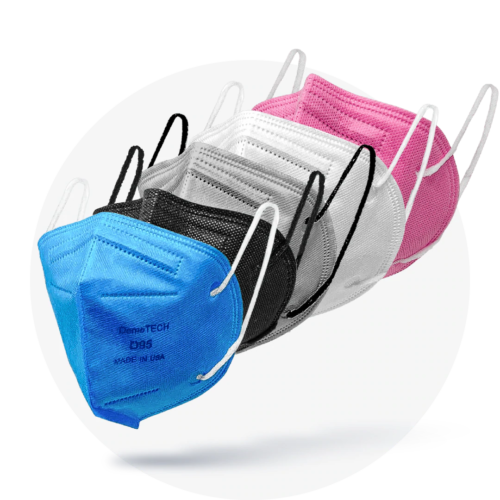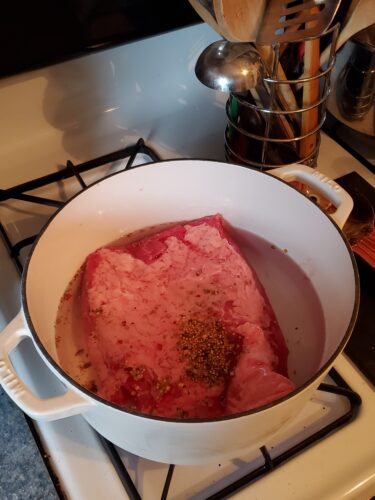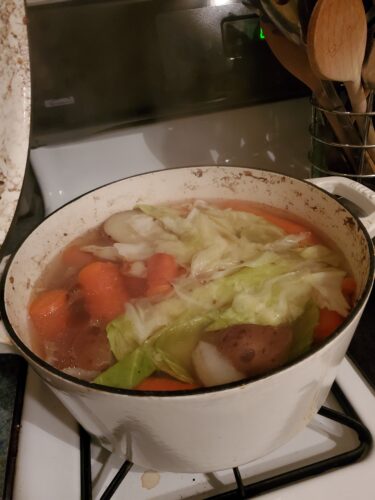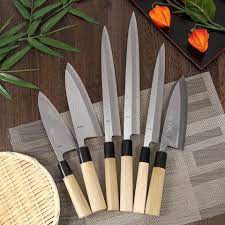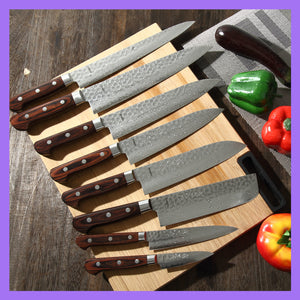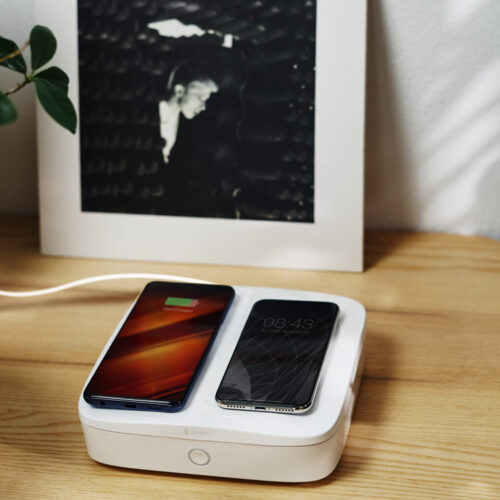National Harbor Celebrates Cherry Blossoms, March 17 to April 17
With the Region’s Earliest Blooming Cherry Tree Waterfront Display
Special concert on Saturday, March 19 and Sakura Sunday celebration on Sunday, April 3
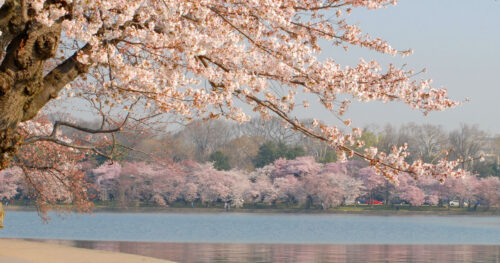
National Harbor has become known for its spring display of hundreds of cherry trees lining the waterfront. The trees bloom each year in March and are some of the earliest blooms in the D.C. region. This year marks the 110th anniversary since Japan gifted its beautiful cherry trees to Washington, D.C. and, once again, National Harbor is an official participant of the National Cherry Blossom Festival.
To celebrate National Harbor’s own spectacular display (the trees are now blooming!), the property is hosting a Cherry Blossom Celebration beginning March 17 through April 17. The month-long celebration will be filled with entertainment, hotel room packages, food and drink specials, classes and more.
On Saturday, March 19, Minyo Crusaders will perform from 4 to 5 p.m. on the waterfront stage (150 National Plaza.) The group performs minyo music with Latin and African influences and uses instruments from around the world. They will give a short talk explaining minyo and traditional Japanese dance and then will invite (voluntary) audience participation in learning the dance choreography and being part of the performance. The Japan Foundation organized the performance in collaboration with the Embassy of Japan in the U.S.A. and National Harbor.
In addition, there will be a formal cherry tree planting ceremony at 3 p.m. on March 19 with the Embassy of Japan. National Harbor has selected a special Kanzan cherry tree. They have been characterized as the “showiest” cherry trees with dramatic, deep pink blossoms.
Special Sakura Sunday festivities will be held on Sunday, April 3 and will feature free cultural activities including Japanese inspired art, music, dance, culinary delights and a Japanese market.
Art in Bloom artist Josue Martinez who has a gallery at National Harbor will update his chair in time for the festival. Last year’s National Cherry Blossom Festival featured a number of artist’s cherry blossom inspired chairs. National Harbor artist Martinez has updated his chair at National Harbor and will have it on display.
“We are delighted to have become a destination for viewing cherry blossoms,” said Jackie Saunders AVP Marketing at National Harbor. “Because our trees bloom early, we provide visitors with an extended opportunity to view and celebrate cherry blossoms in the Washington, D.C. region.”
National Harbor’s more than 200 trees are Okame cherry trees—recognizable by their masses of striking pink flowers. They are more tolerant to cold than most other types of cherry trees and are early bloomers with flowers lasting up to three weeks. They also grow about two feet a year and are very desirable for areas that want quick, hardy, spectacular color. In a region that is known for its cherry blossom displays and celebrations, the trees at National Harbor have quickly become a large draw.
During the same timeframe, National Harbor will light up every night as The Capital Wheel and lights throughout the property turn pink in honor of the celebration.
Hotels and shops at National Harbor will have a variety of specials and displays. MGM National Harbor will have its beautiful conservatory installation that includes cherry blossoms. In the Waterfront District, shop windows will be creatively decorated to celebrate the cherry blossoms and retailers will feature a wide array of cherry blossom promotions. Some of the classes that will take place during the celebration include origami, cherry blossom painting, flower making, Japanese gardens and more.
For more information on National Harbor and cherry blossom activities and offerings, go to https://www.nationalharbor.com/cherryblossom/. Events and activities will be added to the schedule in the coming weeks.

